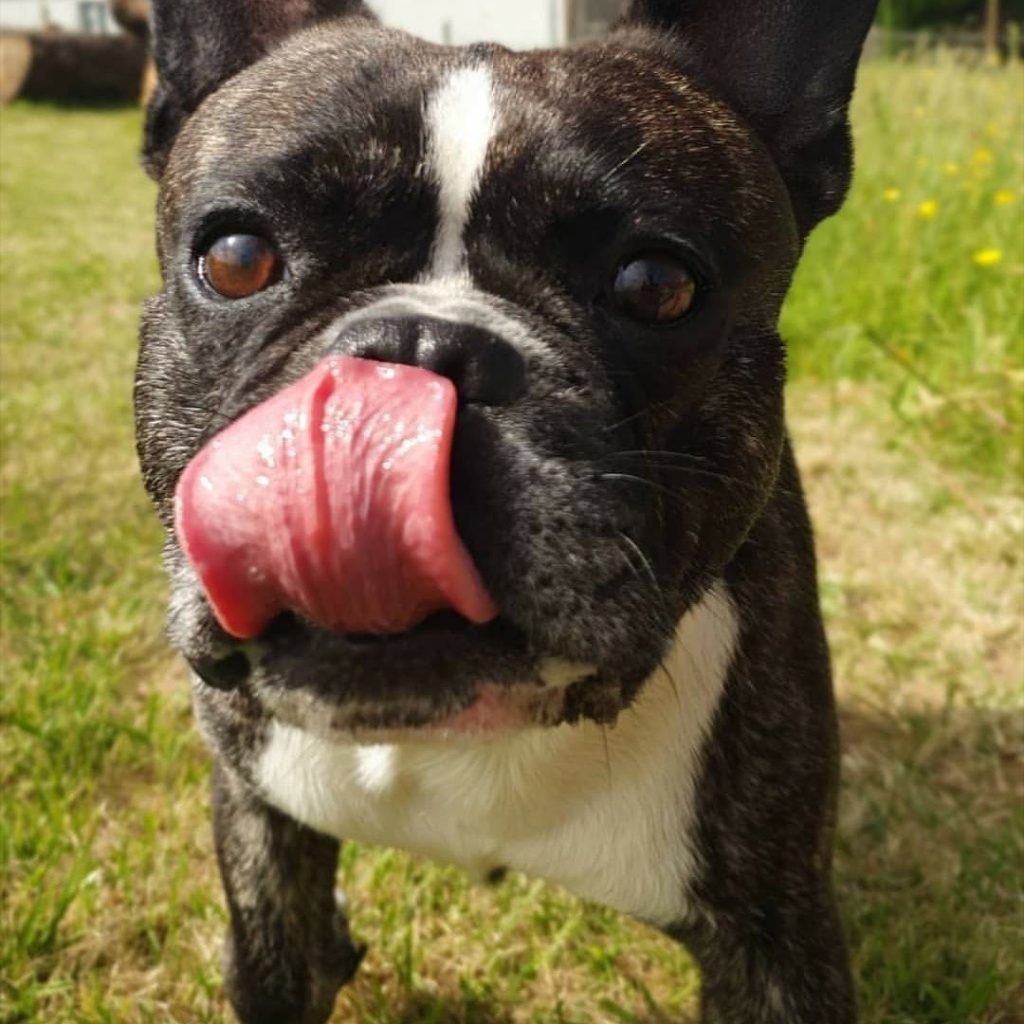The Gold Standard in Physiotherapy and Hydrotherapy for dogs
The Gold Standard in Physiotherapy and Hydrotherapy for dogs

A more common term for thoracolumbar disc disease is a ‘slipped disc’ in the back. The discs are the structures between the bones of the spine that act as shock absorbers.
Discs in dogs degenerate as they get older – just like people. This process results in the discs becoming dehydrated and losing their cushioning effect. They may then ‘slip’ in one of two ways:
Affected dogs may show signs of:
A neurological examination is necessary to assess the severity of any spinal cord injury. This involves testing numerous reflexes such as the knee-jerk reflex. Checking the dog’s ability to feel pain in the hind limbs and tail is also important. The examination often helps the specialist to localise which area of the spine is affected.
Normal X-rays of the back may reveal evidence of thoracolumbar disc disease, such as a narrowed disc space or a calcified disc. However, more advanced investigations are necessary to see which disc has actually slipped and assess the severity of any spinal cord compression.
Thoracolumbar disc disease can cause severe spinal injury. Signs can develop extremely rapidly (acute spinal cord injury) and the damage can be irreversible. This is in contrast to people where back pain is the key feature and spinal cord injury is uncommon. Since thoracolumbar disc disease can be a life-threatening condition, some dogs need to be seen by a specialist vet as an emergency.
The two principle methods of managing thoracolumbar disc disease:
Conservative Management
When dogs with thoracolumbar disc disease are managed conservatively their exercise must be restricted. Short lead walks for toileting purposes may be necessary, with strict confinement at other times. The hope is that the ‘slipped disc’ will heal, any back pain subside and the spinal cord recover from any injury. Painkillers may be necessary and possibly other drugs, such as muscle relaxants.
Surgical Management
The aims of surgery are to remove any disc material that is compressing the spinal cord and to prevent any more disc material ‘slipping’. Decompressive surgery involves removing a section of bone from around the spine to enable retrieval of disc material. Further ‘slipping’ can be prevented by cutting a small window in the side of the disc and removing material in the centre.
Rehabilitation therapy is a key component in helping aid the recovery from neurological diseases. Once the vet has diagnosed your pet and completed any surgeries, our team can can step in to aid the long road to recovery.
Initial therapy may include standing exercises, as well as range of motion exercises. These are complimented with pain control and toe pinch exercises. An important part of the retraining is aquatic rehabilitation. Often, with more severe cases, one of our trained neurological hydro therapists will assist the dog whist in our underwater treadmill.
Other exercises include balance exercises, core stability and spacial resistance band walking, physio-roll balancing and home specific exercises. In the hydrotherapeutic environments, the dogs will walk and train with resistance against the water, whether walking or swimming. We also use therapeutic electrotherapies to deep-heat muscles, cryotherapy and laser therapy to aid the recovery process.
Our friendly and skilled physiotherapists are ready to help you and your dog with their rehabilitation.
The content on this page is for advice and information only and does not represent veterinary guidance or direction. Please always consult a veterinary surgeon if you are worries about your dog.